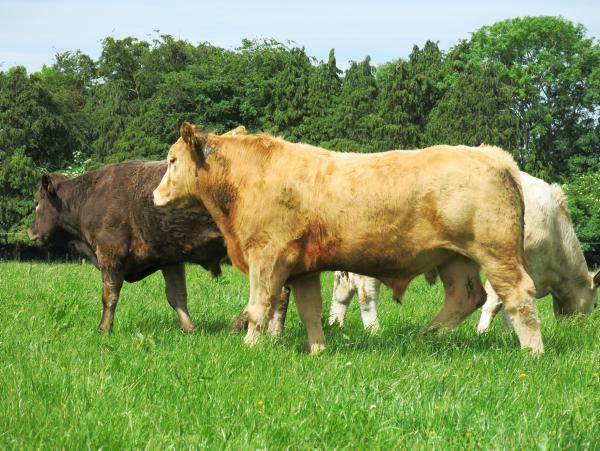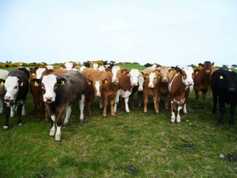In week one we highlighted that specialised beef farms support the equivalent of 86,000 full-time jobs. On top of this, it is estimated that over 55,000 jobs are supported by Irish cattle and sheep production. This includes 10,000 in the meat processing sector.
Without the beef farmer and without the suckler herd, this large number of people may not be in their current position. Many people along the way may not realise that somewhere in that €2.1bn beef industry lies their weekly pay cheque. These two pages and more could have been filled with a directory listing of all of the organisations involved in the sector.
The recent Dowling report, which was commissioned at the first beef roundtable meeting in April, calls for more communication between all of these parties, mainly between the farmer and the processor. However, the report also highlighted that there is a need for regular and formal coordination between Teagasc, Bord Bia, ICBF, AHI and possibly the universities. This suggestion is well justified and needs to be followed up in order to guarantee the best results for the sector.
Stakeholders must provide leadership for farmers. This direction and leadership must come from processors and retailers and it must be consistent. We should welcome the involvement of retailers such as Tesco, which said: “There is a role for more retailer involvement with shaping of the future of the suckler herd and its produce.”
We would also welcome the opportunity to explain how long it can take for farmers to change production systems to provide what the retailers perceive consumers to want.
Communication between all parties is necessary. The anger and frustration of the past months, although understandable and justified, cannot be allowed to return. Stakeholders need to understand that they are dependent on the farmer and the suckler herd and both should be protected.
What does protecting our suckler herd involve? Does it mean developing more markets for our beef? In the past 10 months we have seen the US and the Japanese markets reopen. Still, the biggest light coming for the sector from the perspective of the farmers on the ground is more boats leaving with live cattle. From a Government perspective, more processing on the Island means more jobs. This isn’t sustainable unless it delivers for the primary producer also.
More innovation and vision needs to be applied to the beef we produce. We need to claw back some of the market share lost to chicken and pork products. The best minds in the business need to be applied to these challenges. This is the only way to galvanise the confidence of beef farmers. They need to be reassured that the best possible opportunities from these markets are being harnessed.
The BETTER Farm programme shows clearly how farmers respond to direct technical advice. Teagasc doesn’t have the staff to provide the level of service it delivers to the BETTER Farm participants to other farmers. It will take more people to spread the evolution or the research and advice that Teagasc refers to on these pages.
Padraig Foley






 This is a subscriber-only article
This is a subscriber-only article










SHARING OPTIONS: